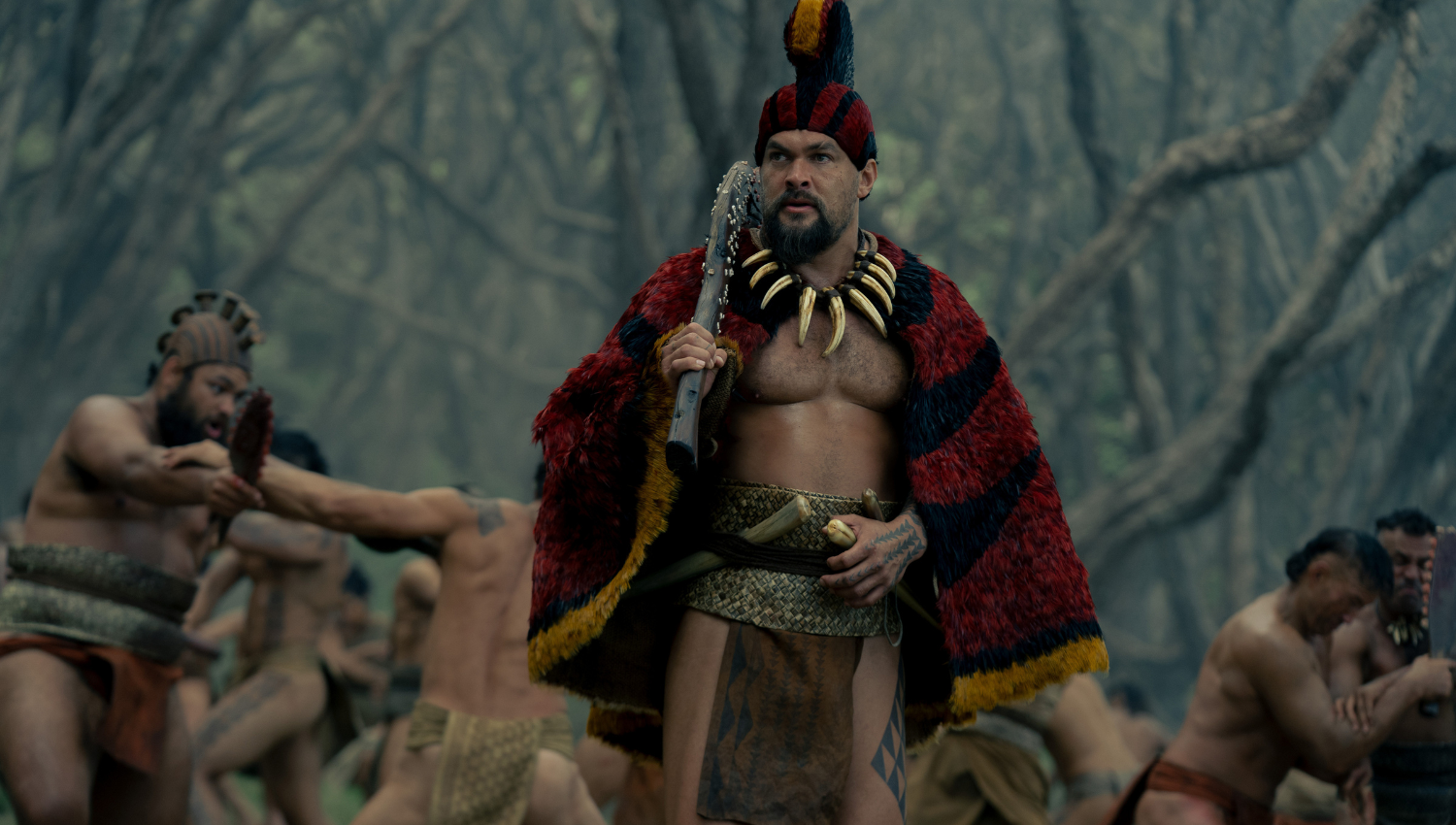
Jason Momoa’s passion project ‘Chief of War’ is an epic scale eye opener
Dustin Chase
Jason Momoa and the team behind “Chief of War” calculated the perfect summer movie lull to drop the highly anticipated history of Hawaii epic on AppleTV+. Serving as one of the series creators, writers, executive producers, and, of course, headline stars, Momoa is cashing in on his franchise successes to deliver something consequential. “Chief of War” debuted last week with episodes 1 & 2, wasting no time immersing viewers in battle scenes and 18th-century island-hopping Kauai, Maui, and Oahu. This Friday’s episode 3 showcases the Kingdom of Hawaii, or Big Island, as we know it. Many of us have visited the state of Hawaii, aware of only surface-level history. Statues and street names that bear Kamehameha’s name (he shows up in this week’s episode), the Maui shopping center named after Ka’ahumanu, their roles in shaping what we know Hawaii as today are what the series explores.

The saga begins in the late 1700s, following Captain Cook’s discovery and death on the Kona side of the Big Island. The island kingdoms are at war with each other due to the false prophecies and greed of Maui’s King Kahekili (Temuera Morrison). Manipulated into helping Kahekili overtake Oahu, Maui-born son Ka’iana (Momoa) sends his family to Hawaii Island for safety, but is captured by the pale skins (white men). With smaller islands like Lanai, Molokai, and now Oahu under Kahekili’s control, the blood thirsty king wants only those with Maui blood to control the island chain. Only the Kingdom of Hawaii stands in his way. There, too, we find political unrest and the changing of leadership.
Momoa fans from “Fast & Furious,” “Aquaman,” or “Mindcraft,” are not too happy with reading subtitles....
One of the most beautiful and fascinating aspects of “Chief of War” is hearing the Hawaiian language. Momoa fans from “Fast & Furious,” “Aquaman,” or “Mindcraft,” are not too happy with reading subtitles, according to their comments left on Rotten Tomatoes (the critics, however, currently have the series ranked at 92% fresh). One of the many foreign intrusions to the Hawaiian Islands in Episode 3 is the English language. Mamoa’s career resurgence happened when he wasn’t speaking English, but Dothraki on the first season of “Game of Thrones”. The Hawaiian-born actor harnesses what he learned from that Emmy-winning phenomenon and frames “Chief of War” in that structure, minus the gratuitous sex and violence. While you are always aware of Momoa’s bigger-than-life on-screen presence, the supporting actors, some of them plucked from obscurity in Hawaii, are enthralling.
While most of the scenes are shot in New Zealand due to Hawaii’s poor tax credit incentive for films, many of the cutaways or flyover shots are easily identifiable Hawaii landmarks like Mokoliʻi (Chinaman’s Hat on Oahu) or Waipio Valley on the Big Island. By episodes 6 & 7, these drone or helicopter shots become more frequent, and “Chief of War” does an excellent job keeping the viewer informed each time we switch islands. Another element to the series’ engagement is Oscar-winning composer Hans Zimmer’s bombastic new score. In an upcoming episode, the ancient Hawaiian sledding sport is featured as those participating hurl themselves on wooden sleds down a lava path. Like ‘Thrones,’ “Chief of War” finds a good balance of action, intrigue, and drama. Maui-born Brandon Finn as Maui’s Prince Kupule and New Zealand star Luciane Buchanan as Ka’ahumanu are the show’s acting standouts in episodes 3-7.
